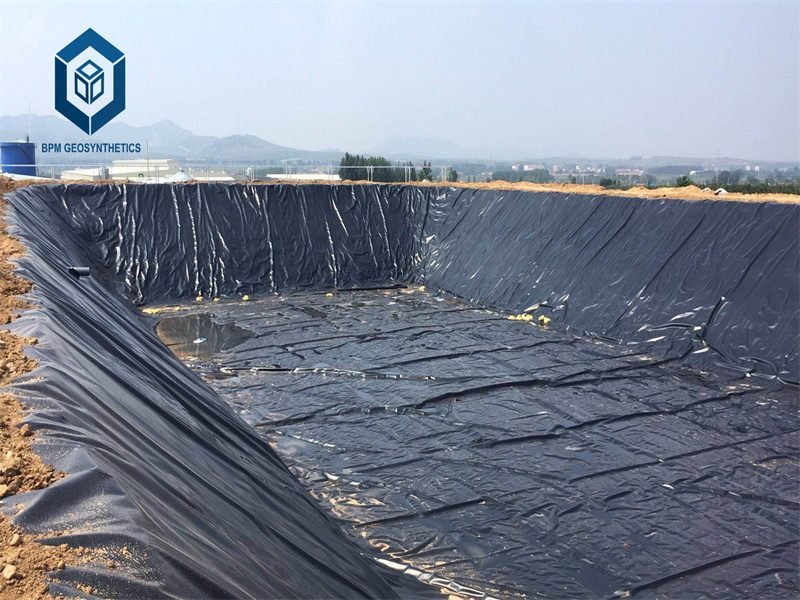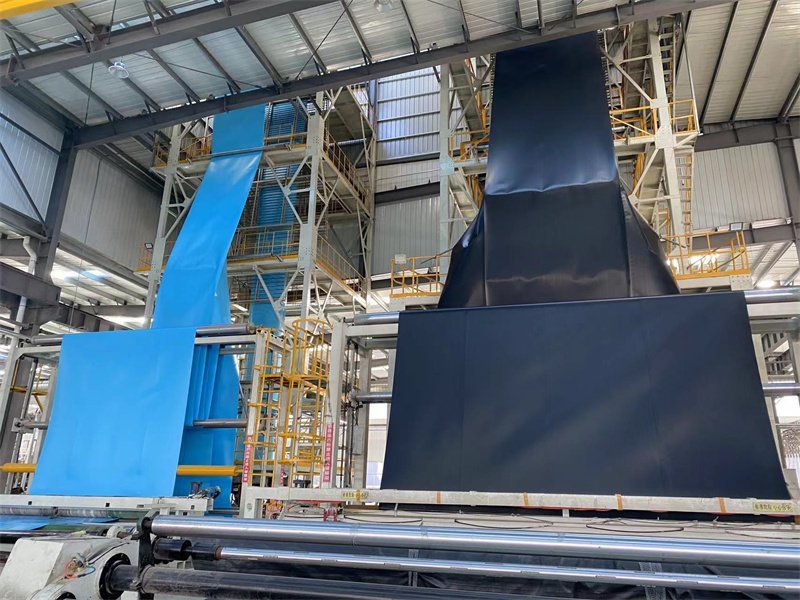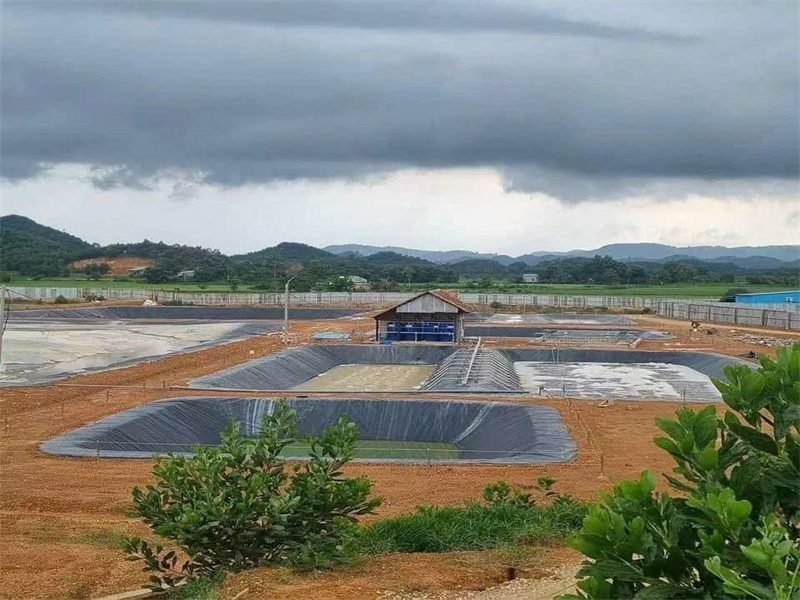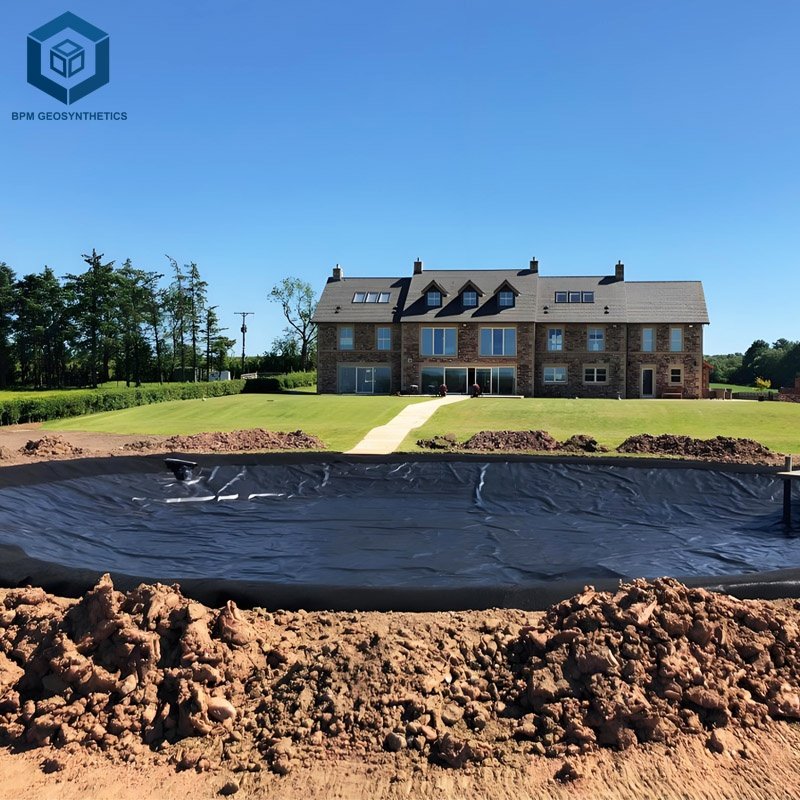Hdpe liner material are synthetic liners widely used in environmental, hydraulic, and industrial applications for containment, barrier protection, and fluid control. Due to their excellent chemical resistance, durability, and cost-effectiveness, Hdpe liner material are a preferred choice for landfills, mining operations, water reservoirs, and agricultural projects.
Selecting the right Hdpe liner material requires understanding material properties, manufacturing processes, installation techniques, and application-specific requirements. This comprehensive guide will help you make an informed decision when choosing an HDPE geomembrane for your project.
1.What is HDPE Liner Material?
Hdpe liner material is a flexible, impermeable plastic sheet made from high-density polyethylene resin. It is manufactured through an extrusion or calendering process, resulting in a durable, UV-resistant, and chemically stable liner.
1.1 Key Properties of HDPE Liner Material:
High Chemical Resistance – Resists acids, alkalis, and hydrocarbons.
Excellent Tensile Strength – Withstands stress and deformation.
Low Permeability – Prevents fluid leakage.
UV and Weather Resistance – Long-term performance in outdoor conditions.
Long Service Life – Typically lasts 20-50 years depending on environmental exposure.
2. Applications of HDPE Liner Material
HDPE Liner Material are used in various industries due to their impermeability and durability. Common applications include:
2.1 Environmental Protection
Landfill Liners – Prevent leachate contamination of soil and groundwater.
Wastewater Treatment Ponds – Contain industrial and municipal effluents.
Hazardous Waste Containment – Secure toxic materials from leaching.
2.2 Water Management
Reservoirs & Canals – Prevent water seepage.
Potable Water Storage – Safe lining for drinking water.
Aquaculture Ponds – Maintain water levels in fish and shrimp farms.
2.3 Mining Industry
Heap Leach Pads – Contain chemical solutions used in metal extraction.
Tailings Storage – Prevent toxic mine waste leakage.
2.4 Agriculture
Irrigation Ponds – Reduce water loss through seepage.
Manure Storage – Prevent nutrient runoff into water bodies.
2.5 Construction & Civil Engineering
Tunnel Waterproofing – Prevent moisture infiltration.
Roofing Underlays – Secondary waterproofing layer.
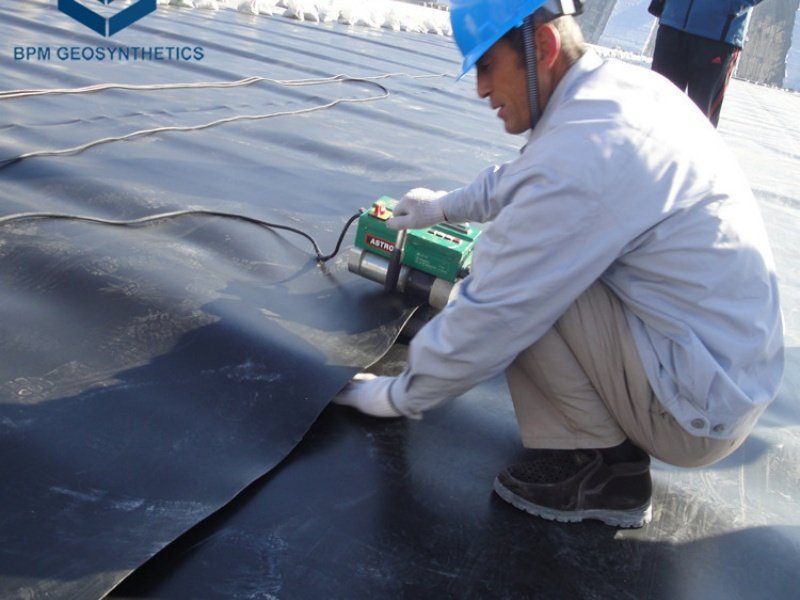
3 Factors to Consider When Choosing HDPE Liner Material
Selecting the right HDPE Liner Material involves evaluating several factors:
3.1. Thickness (Gauge)
HDPE Liner Material typically range from 0.5 mm (20 mil) to 3.0 mm (120 mil). Thicker membranes offer:
(1)Higher puncture resistance (important for landfills and mining).
(2)Better stress crack resistance.
(3)Longer lifespan in harsh environments.
Recommendation:
(1)Landfills & Mining: 1.5 mm – 2.5 mm
(2)Water Ponds & Agriculture: 0.75 mm – 1.5 mm
3.2 Density & Material Quality
(1)Standard HDPE (0.940-0.950 g/cm³) – Good balance of strength and flexibility.
(2)High-Performance HDPE (≥ 0.950 g/cm³) – Enhanced chemical and stress resistance.
Tip: Ensure the geomembrane meets GRI-GM13 or ASTM D6392 standards.
3.3 UV Resistance & Carbon Black Content
(1)UV-stabilized HDPE contains 2-3% carbon black to prevent degradation from sunlight.
(2)Without carbon black, HDPE degrades faster when exposed to UV rays.
Recommendation: Always choose UV-stabilized HDPE for outdoor applications.
3.4. Chemical Resistance
HDPE resists most chemicals, but compatibility should be checked for:
(1)Strong oxidizers (e.g., chlorine, hydrogen peroxide).
(2)Aromatic hydrocarbons (e.g., benzene, toluene).
Tip: Consult chemical resistance charts before selection.
3.5. Tensile Strength & Elongation
(1)Tensile Strength (ASTM D6693): Minimum 20 MPa.
(2)Elongation at Break: Minimum 700% (ensures flexibility).
Critical for: High-stress applications like landfill caps and floating covers.
3.6. Seaming & Installation Method
HDPE Liner Material are joined using:
(1)Extrusion Welding – For thick seams in critical areas.
(2)Hot Wedge Welding – Most common for long seams.
(3)Chemical Bonding – Rare, used for repairs.
Tip: Ensure certified installers perform seaming to prevent leaks.
3.7. Permeability Coefficient
(1)HDPE has very low permeability (< 1×10⁻¹³ cm/s).
(2)Important for hazardous waste containment where leakage must be minimized.
3.8. Temperature Resistance
(1)Operating Range: -60°C to +80°C.
(2)Thermal Expansion: HDPE expands/contracts with temperature changes—allow for slack during installation.
HDPE Liner Material is widely used in both decorative fish ponds and fish ponds. Fish ponds usually choose 0.5mm to 0.75mm. In the Southeast Asian aquaculture market, some customers will consider pond liners with a thickness of 0.3mm due to cost considerations.
3.9 The main advantages of fish pond liner:
(1)Avoid soil contact and minimize water contamination.
(2)Prevents waste buildup in the soil and prevents harmful chemicals from leaching into the pond
(3)Promotes fish growth while reducing the risk of disease.
(4)Reduces erosion and facilitates waste removal from the pond
(5)Provides a smooth harvesting surface
(6)Provides long-term UV protection in tropical facilities.
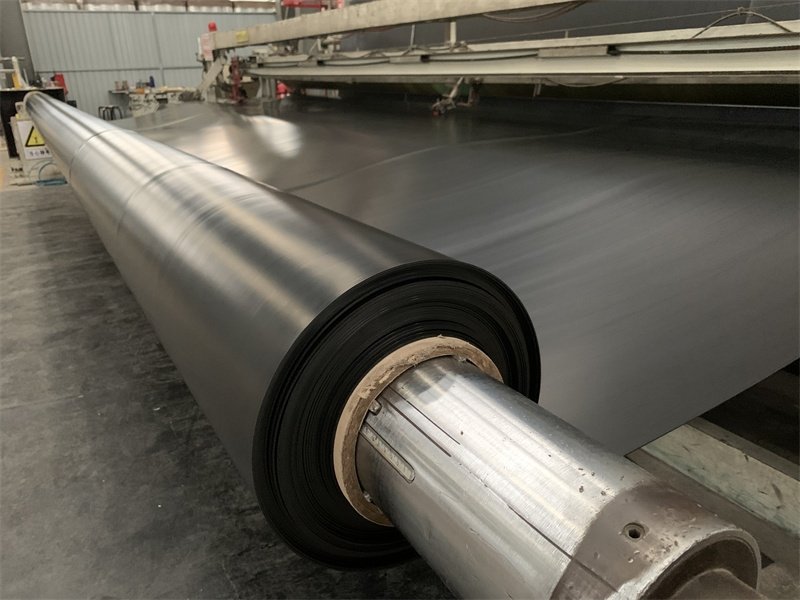
4. HDPE Liner Material Manufacturing Process
Understanding manufacturing helps in quality assessment:
4.1. Raw Material Selection
(1)Virgin HDPE Resin (preferred for durability).
(2)Recycled HDPE (lower cost but reduced performance).
4.2. Production Methods
(1)Extrusion – Produces smooth/textured sheets.
(2)Calendering – Used for thicker liners (e.g., 2.0 mm+).
4.3. Quality Control Tests
(1)Melt Flow Index (MFI) – Ensures consistency.
(2)Density Testing – Confirms material grade.
(3)Puncture Resistance (ASTM D4833) – Measures durability.
5.HDPE Liner Material vs. Other Geomembrane Materials
Feature | HDPE | LDPE | PVC | EPDM |
Chemical Resistance | Excellent | Good | Moderate | Good |
UV Resistance | Excellent | Good | Poor | Excellent |
Flexibility | Moderate | High | High | Very High |
Lifespan | 20-50 years | 15-30 years | 10-20 years | 20-30 years |
Cost | Low-Medium | Medium | Medium | High |
Best Choice:
HDPE for landfills, mining, and harsh chemical environments.
LLDPE for flexible, conformable liners (e.g., ponds).
PVC for short-term projects requiring high flexibility.
6 HDPE Liner Material – Common Mistakes to Avoid
Choosing the Wrong Thickness – Leads to premature failure.
Poor Seaming – Causes leaks (always hire certified welders).
Ignoring UV Protection – Reduces lifespan in exposed applications.
Inadequate Subgrade Prep – Increases puncture risk.
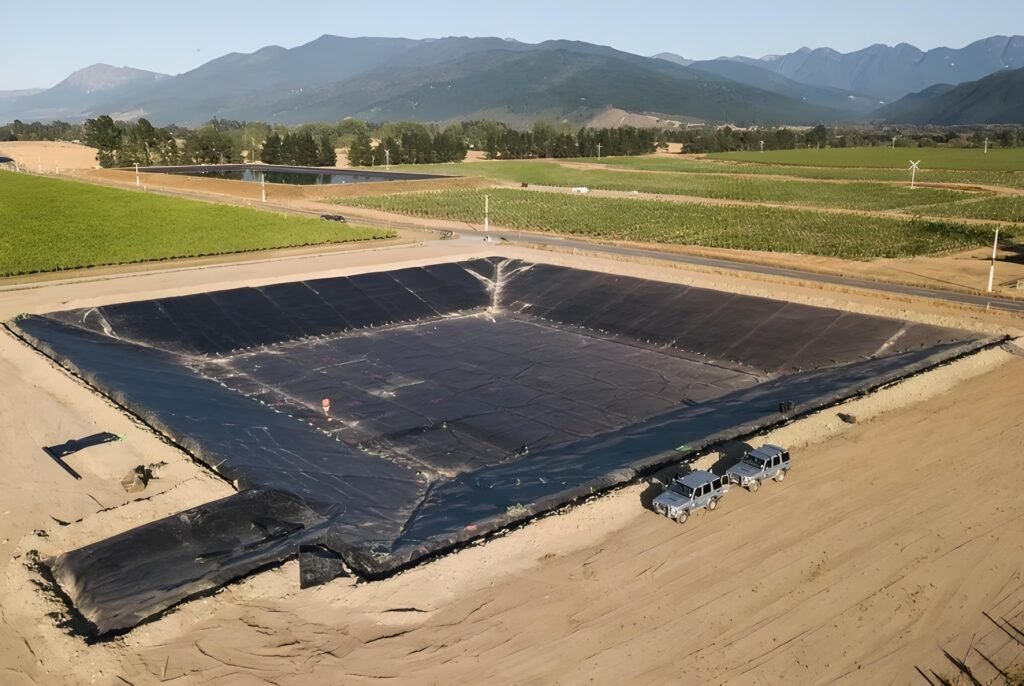
Summary
HDPE Liner Material is an ideal and cost-effective geosynthetic material for fish ponds. Choosing the right HDPE Liner Material thickness depends on several factors, including the size of the pond, soil type, the intended use of the pond, the possibility of sharp objects, and environmental factors, which all affect the choice of HDPE liner thickness.
High-density polyethylene pond liner is the HDPE Liner Material of choice for most applications due to its unique properties such as chemical resistance, puncture resistance, flexibility, etc. If you have a fish pond project under construction or planned to be built, and you don’t know how to choose the material, thickness, etc. of the pond liner, you can contact us. Our engineers are online 24 hours a day to serve you. BPM Geomembrane is a leading HDPE pond liner manufacturer and supplier with more than 20 years of industry experience. If you have any questions about HDPE liner specifications, please contact us. BPM Geosynthetics can provide you with free sample support!

